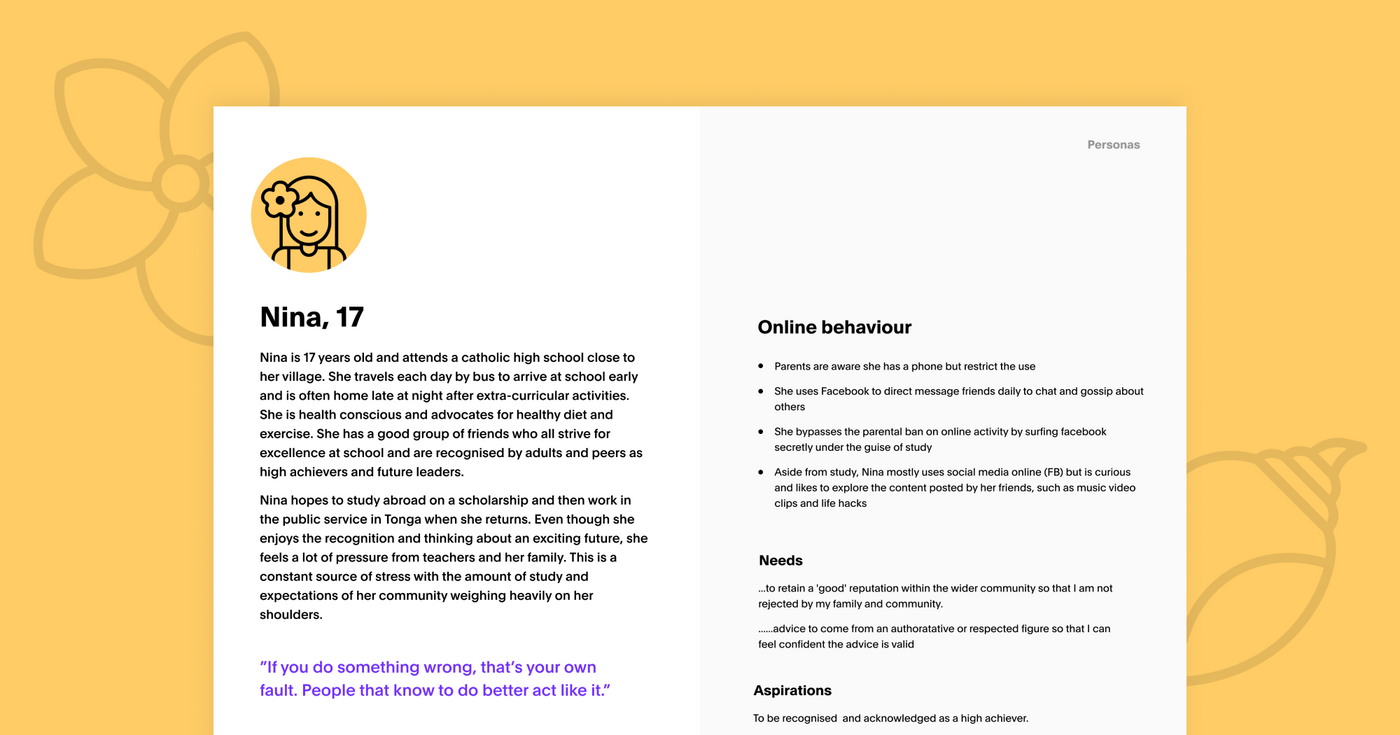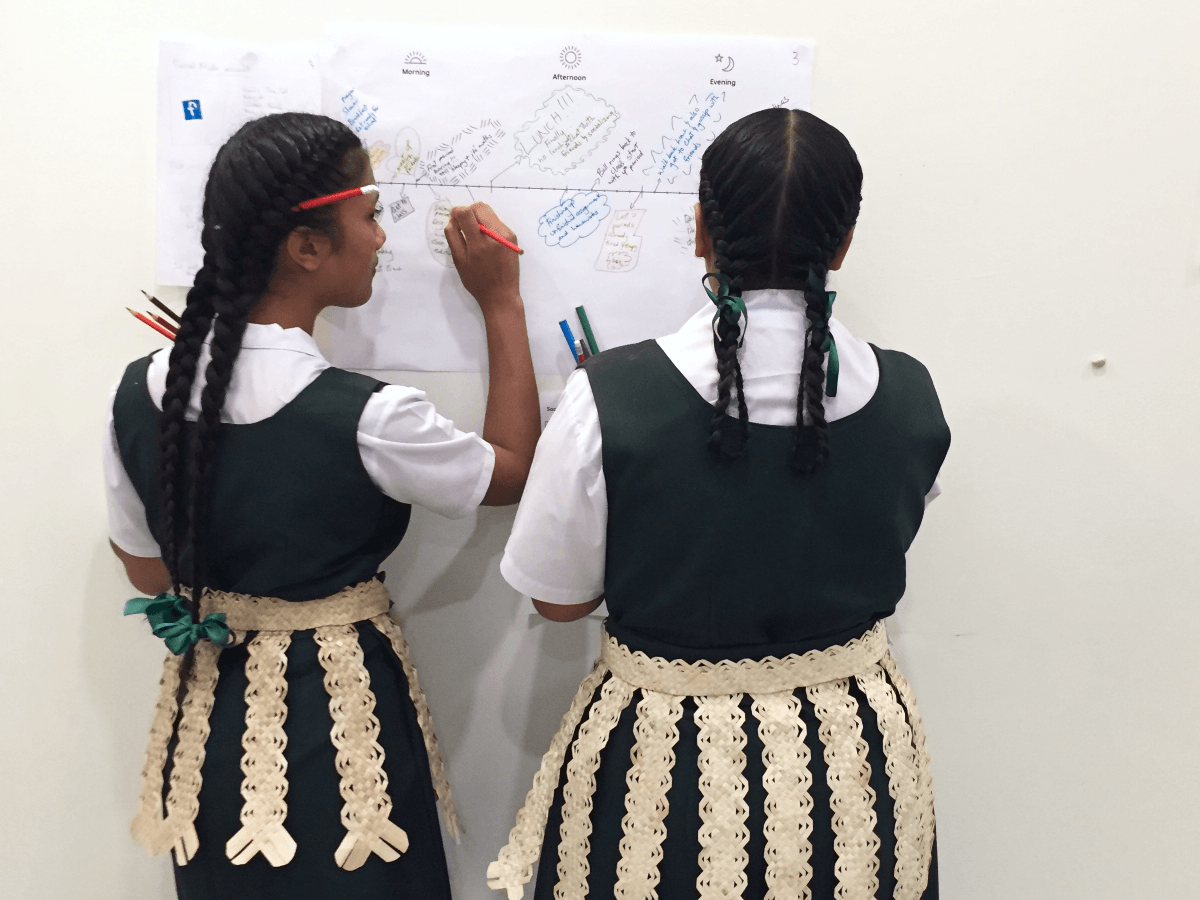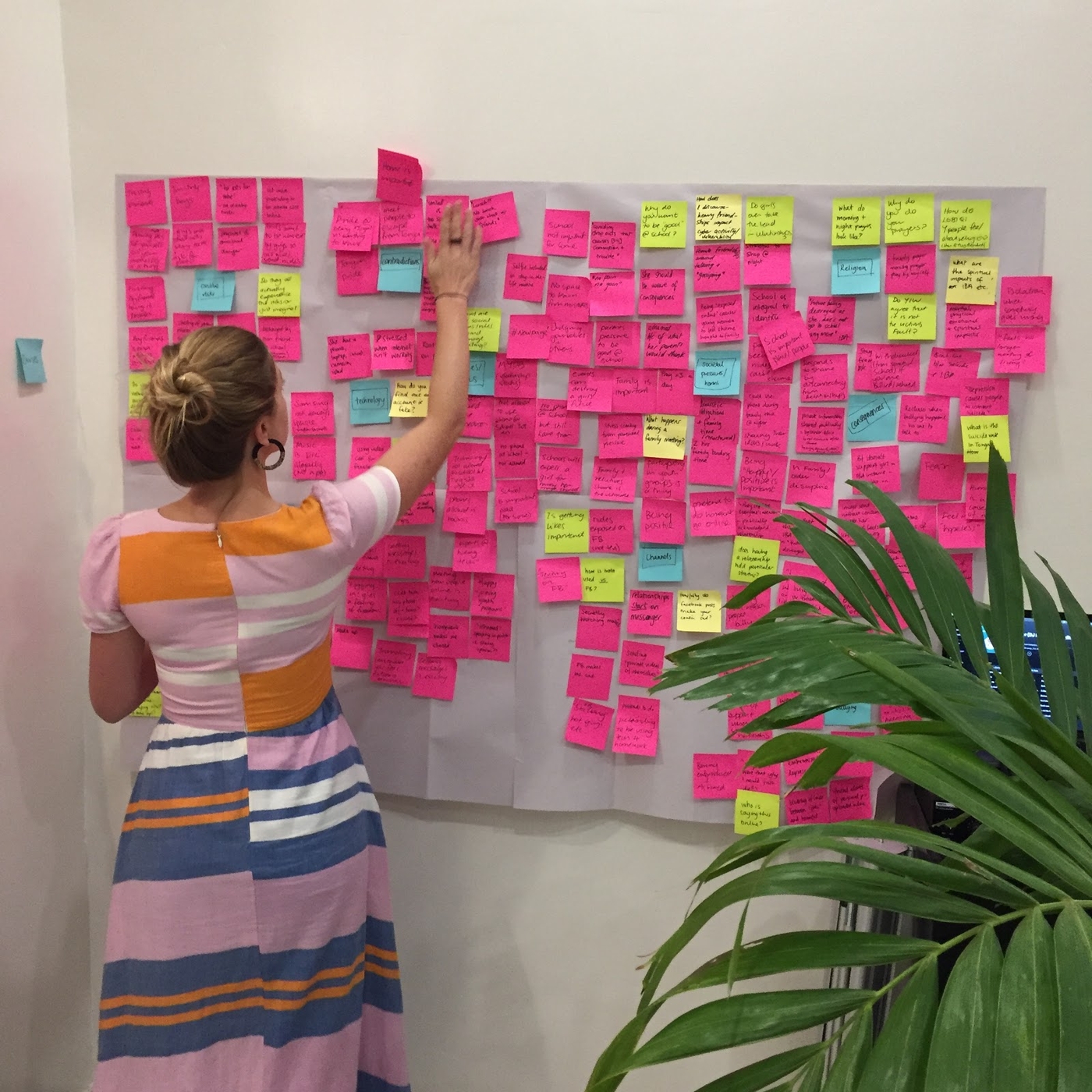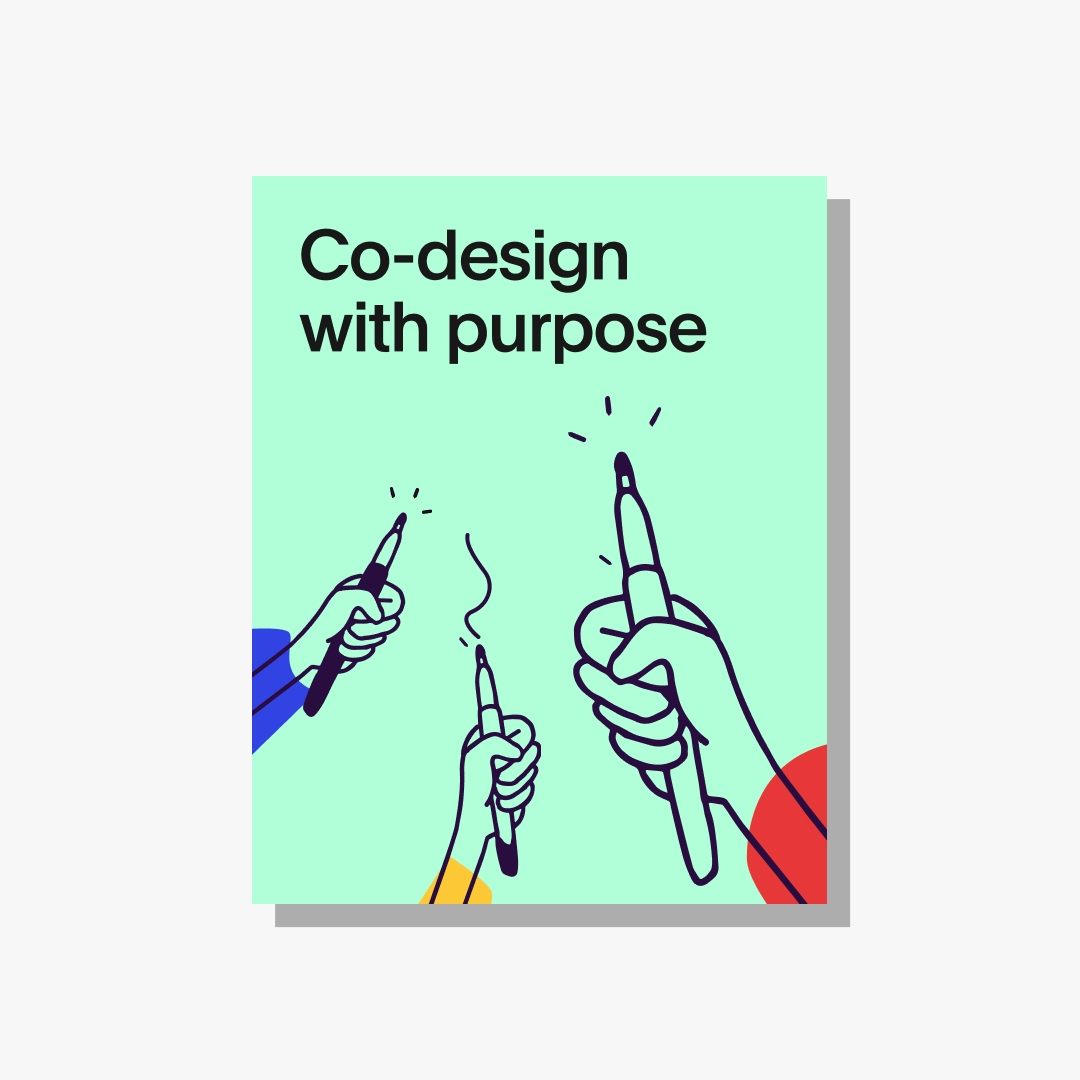Pacific Women and the Pacific Islands Media Assistance Scheme (PACMAS), a regional media development program run by ABC International Development partnered with Portable to assist in the delivery of a co-design project funded by the Australian Government Department of Foreign Affairs and Trade (DFAT). The aim of the project was to prototype and co-design a solution with young Tongan women to help them overcome cyber safety issues and enable young Tongan women to fully participate in online and public discourse. The project team also partnered with an independent consultant and local organisations in Tonga including Talitha Project, an NGO for young women in Tonga.
Cybersafety was raised as an urgent issue by young Pacific women at the Pacific Women Regional Learning Workshop in 2018. Additionally, research recognises that women and girls are disproportionately affected by cyber-harassment and technology-facilitated violence globally. This has a lasting impact on their health and wellbeing as well as their ability to actively participate in public discourse. UNICEF Pacific (2014) has expressed growing concerns about the vulnerability of Pacific youth online and acknowledged an urgent need for interventions to reduce harm.
Initially, Portable were engaged to provide user experience design expertise in the design of a solution, however it quickly emerged that at first a deeper phase of design research was needed to uncover the problems experienced by young Tongan women. Collaboration and cooperation from the cross-disciplinary, cross-organisational team was integral to ensuring that the deepest level of engagement and insights could be delivered through the co-design process.

Our team, in collaboration with researchers from partner organisations completed a two-week field visit to Tonga in August 2019 to run a series of co-design workshops with 15 young Tongan women. Following the workshops, we synthesised what we learned into a low-fidelity prototype that we tested with the same young women.
A highlight of the project was working directly with the young women involved in the project and ensuring that their voice was included throughout the design process. Actively creating a space where these young women could open up and design on a sensitive and complex issue was at the forefront of our minds throughout, and we drew upon best-practice co-design principles to ensure the workshop design balanced the outcomes we were seeking with the experience of the participants.
Through the design process, the young women were able to see that their ideas and input into the concept during testing was being implemented, providing a powerful demonstration to them that their feedback was valuable and was being listened to.
The workshops were designed to empower young women as designers themselves. We used activities to enable young women to understand the design process, unpack their experiences and opinions in relations to the issues, identify the problems and create solutions to solve them.
Through co-design, pre-existing ideas for solutions around a cyberbullying “support platform” were quickly invalidated as we learned that young women were unlikely to engage with such a platform due to the stigma surrounding the issue.
It was through the co-design workshops that we were able to identify an immediate need to reduce harm for young Tongan women experiencing cyberbullying by addressing the stigma, shame and hopelessness that was preventing them from speaking up about their experiences and seeking help.
“We were blown away by the creativity and insights from the young women. Each workshop our young co-designers took on the role of both a user and a designer to understand each other, define cyber safety issues and opportunities, and to develop solutions to problems they had defined.”
– Angela Davis, Consultant and Bonnie Graham, Portable Design Strategist who worked on this project


During this project we:
- Facilitated 4 x co-design workshops with 15 young Tongan women, aged 14-19 years old
- Ran a design sprint to map and define the problem landscape, create a low-fidelity prototype and test with the young women (in-country)
- Mapped the impacts of cyberbullying at the community and individual level
- Led co-design ideation and solution design with a cross-disciplinary team (Portable design team, design researchers, communication for development researchers)
- Created a “theory of change” to map the intended impact of the prototype
- Created user personas to express the needs of young Tongan women
- Created a high fidelity concept in the form of two videos simulating user-generated content by young Tongan women
It was through this process that we were able to identify the solution criteria. We couldn’t design a concept that didn’t consider the following things:
- Low barriers to access by meeting users where they are
- Non-reciprocal communication style
- Reduce shame and stigma
- Create hope
- Utilise role models and amplify female representation & voices
- Be a circuit breaker in the cycle of bullying
- Re-build trust and solidarity in the community
- Harm reduction, not restriction
- No victim-blaming
- Design with the vision for a phased, multi-pronged behaviour change
The solution concept we created through this process was an online video series featuring influential Tongan women.
The content of the video capitalizes on content young Tongan women are already engaged with - which can be ‘couch karaoke’, makeup tutorials, or rugby, however, throughout the video, the Tongan young women share their own lived experience of cyberbullying. Beyond the practical tips or entertaining content, a strong message is portrayed about their own personal experience and courage to speak up – what they personally experienced and how they overcame adversity.
What we learned:
- What cyber safety issues are from young women’s perspectives and their lived experiences.
- Cyber safety risks as defined by these young women included cyberbullying by friends, others known to them and strangers online. This included impersonation, image-based abuse (comments on images, young men pressuring young women for images, and publishing of sensitive images online) and hacking (friend using passwords to access social media and sharing personal information online).
- Our activities revealed not just what these risk are but how young women experience them and we gained an understanding of the environmental context and how this influences the experiences of the issue and the potential solutions.
- Issues noted in the environmental context which exacerbate how people experienced cyber bullying included victim blaming being a norm, bullying being accept as just part of being online, and that gender stereotypes about sex and sexuality create shame and fear.
- There are very few role models in Tongan society for young women who can demonstrate overcoming these issues.
- That we needed to design a solution that acknowledges the barriers and parameters and creates entry points for engagement and ongoing impact.
- The importance of taking design risks if they are backed up by needs and wants of your users.
- The importance of not assuming that the insights speak for themselves, leading stakeholders through the entire process and how that has been translated into the concept, helping them to be as confident in the concept as the co-design team are standing behind the concept .
The project’s outcomes, theory of change and the prototype was presented at the Regional Learning Workshop held by Pacific Women in Fiji in October, 2019. The prototype will assist PACMAS and Pacific Women in building a business case for further investment in the solution so that it can be further iterated and implemented.
Download our report on co-designing with purpose
